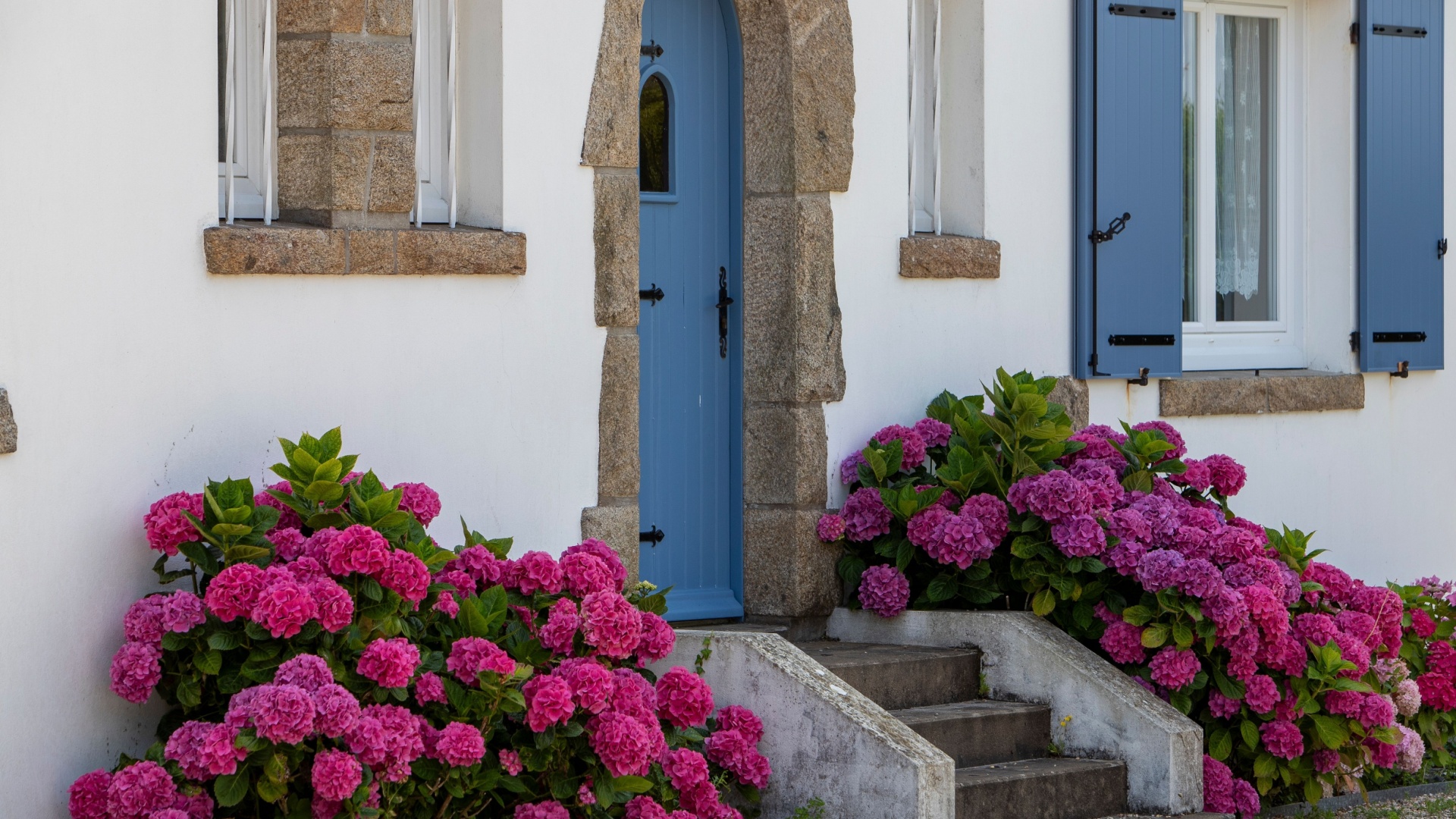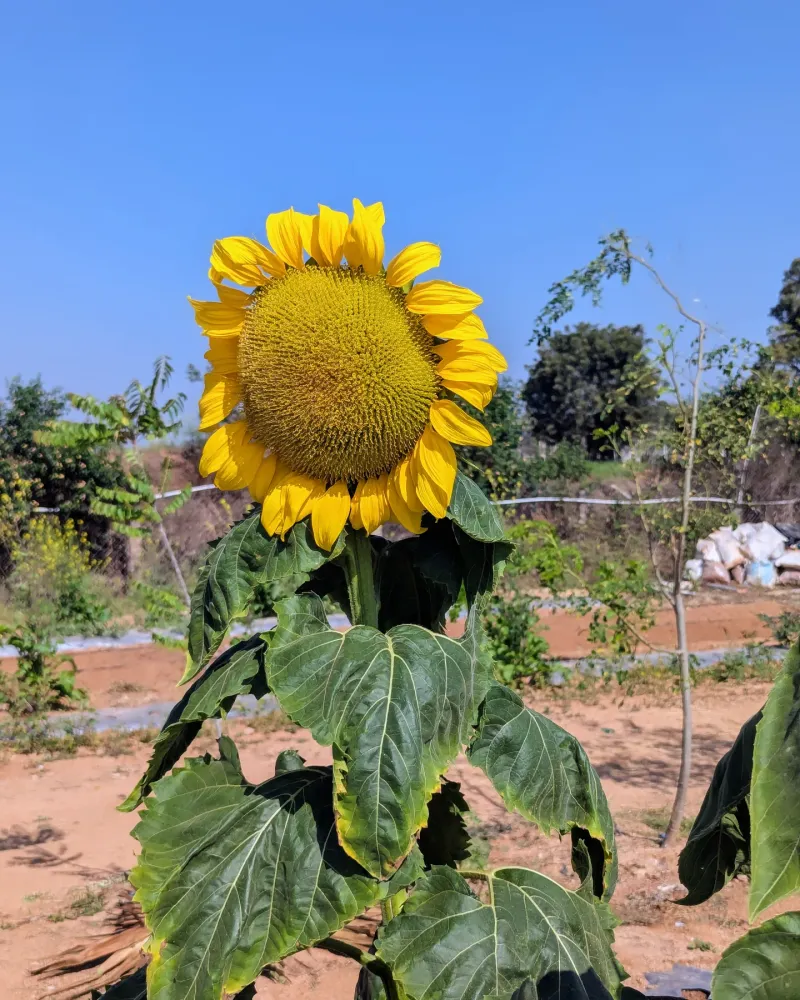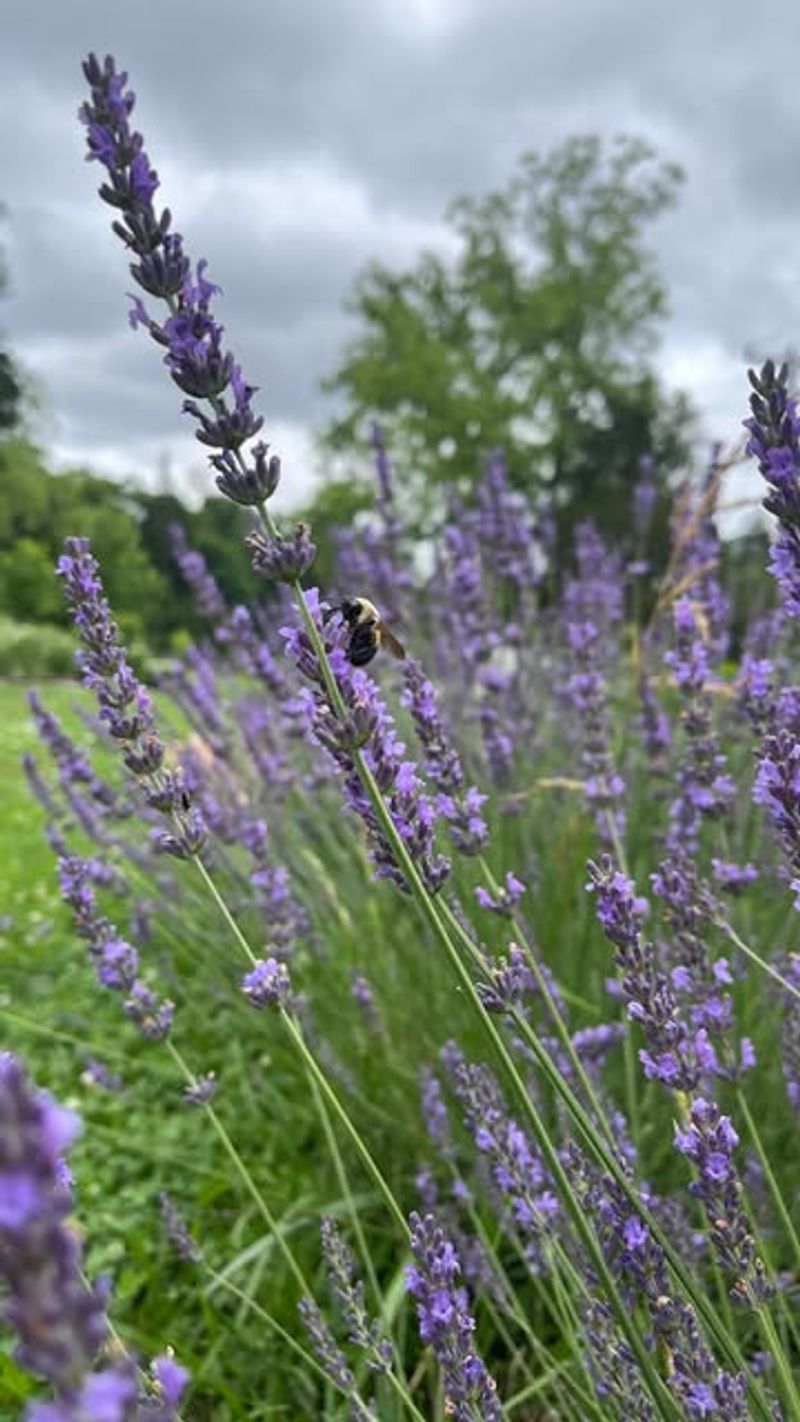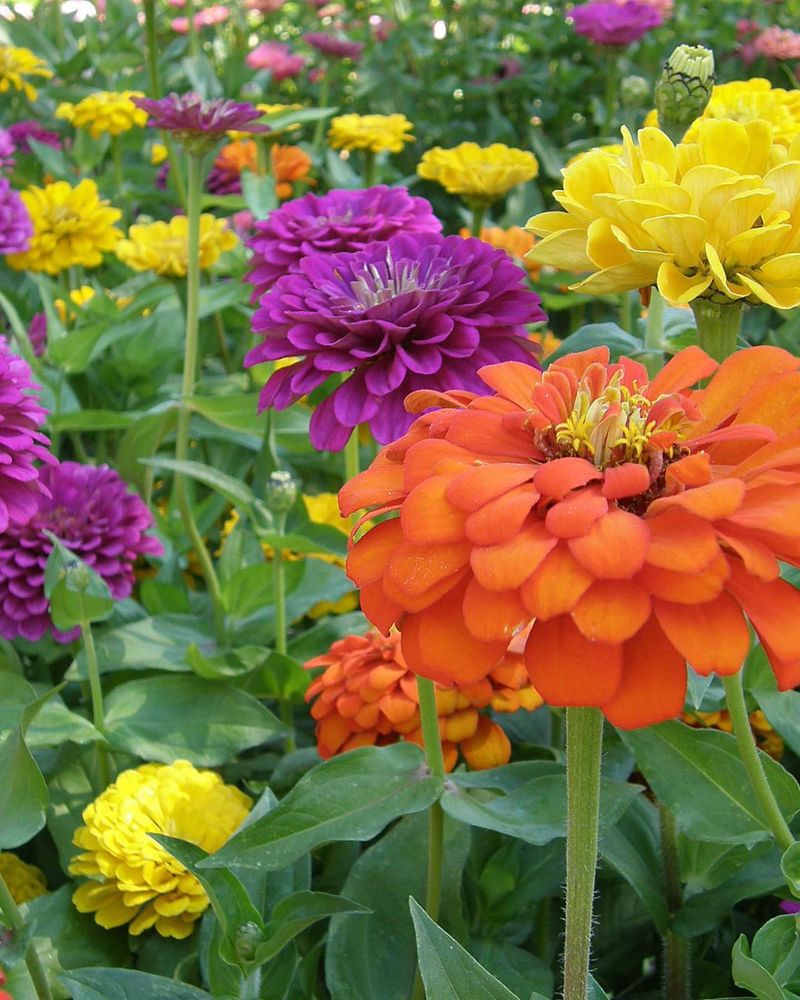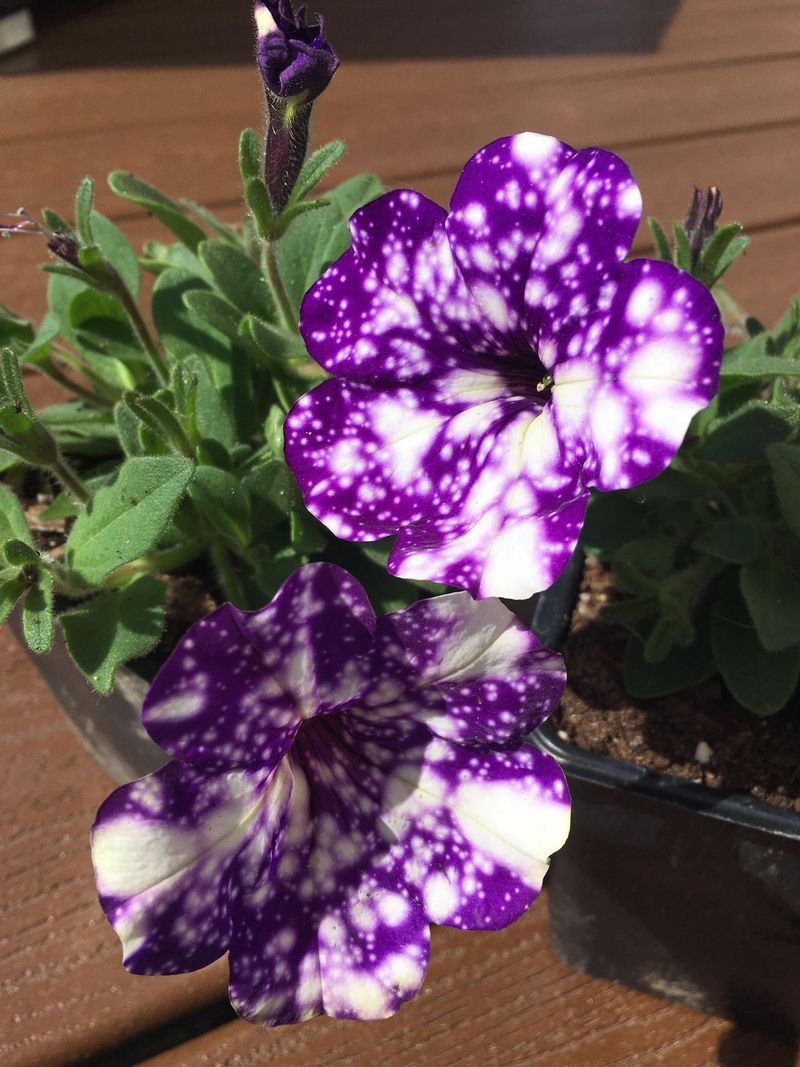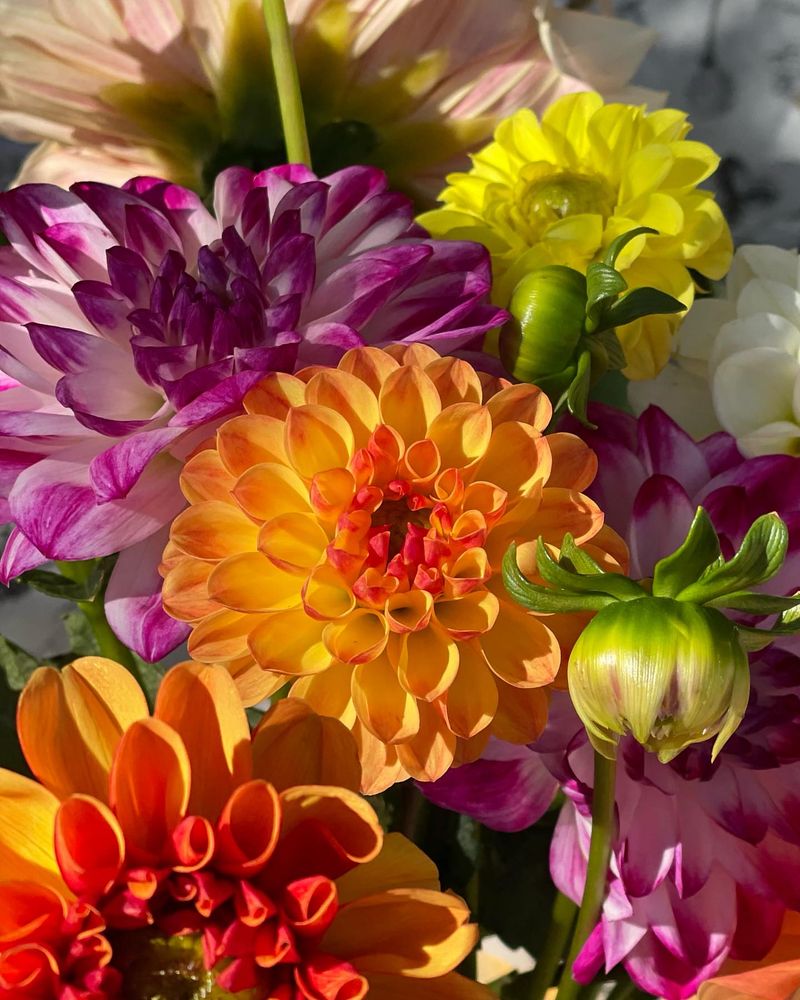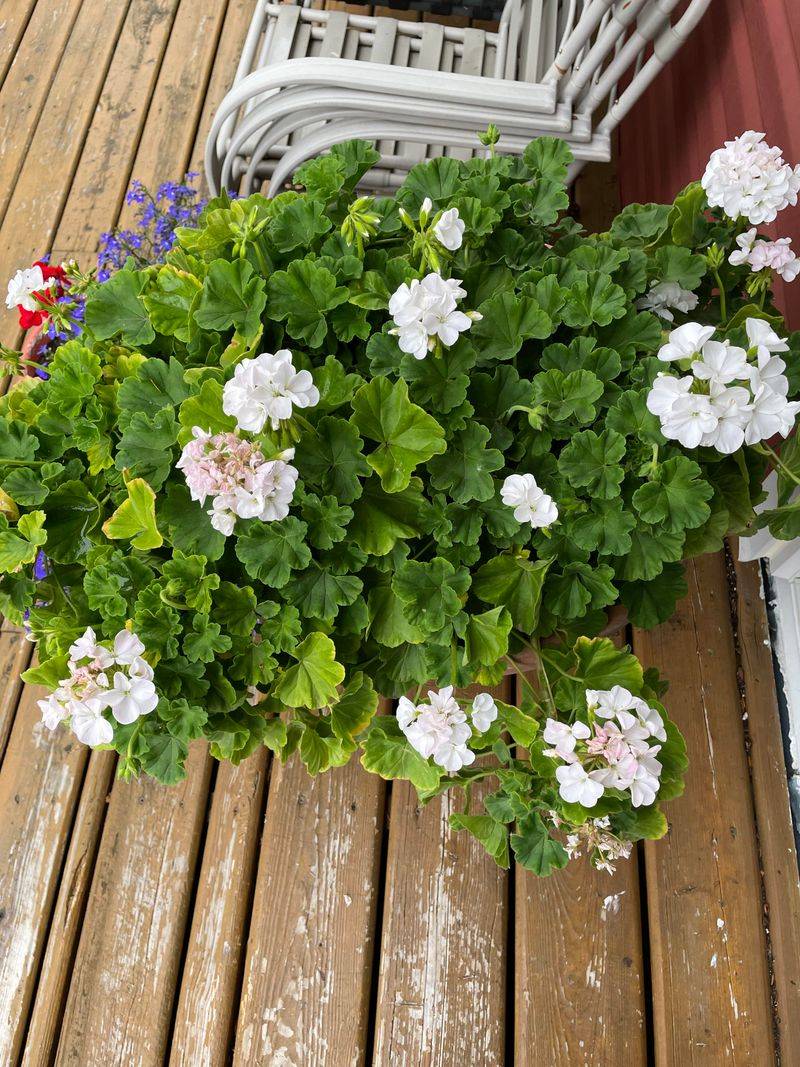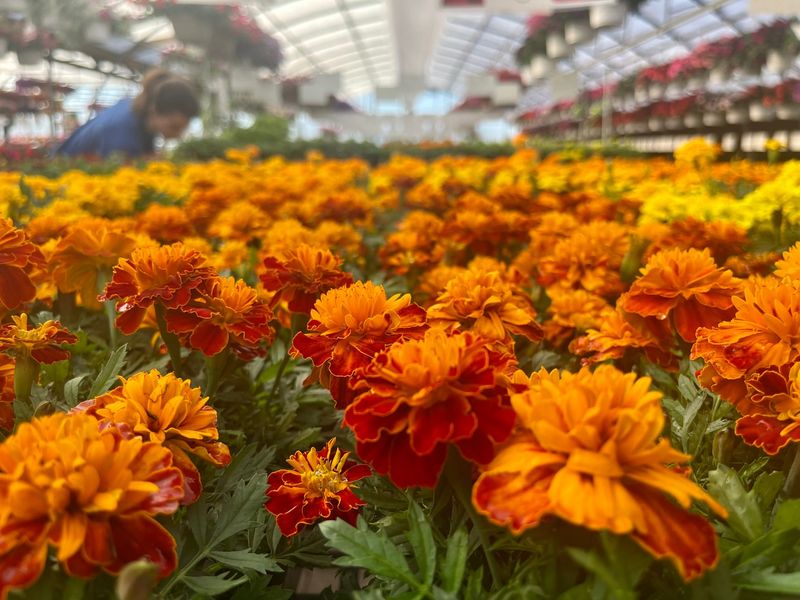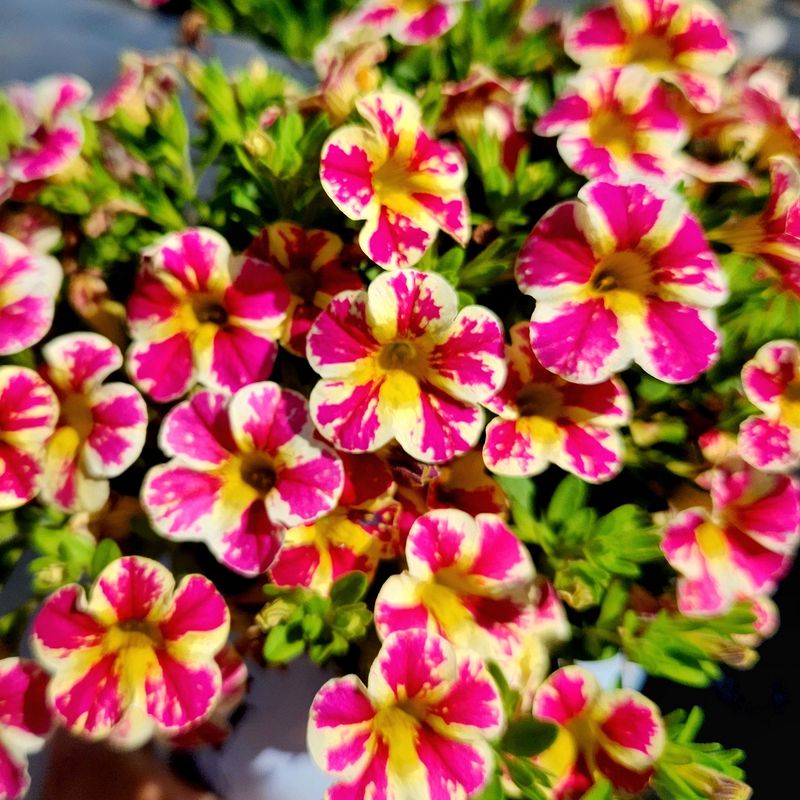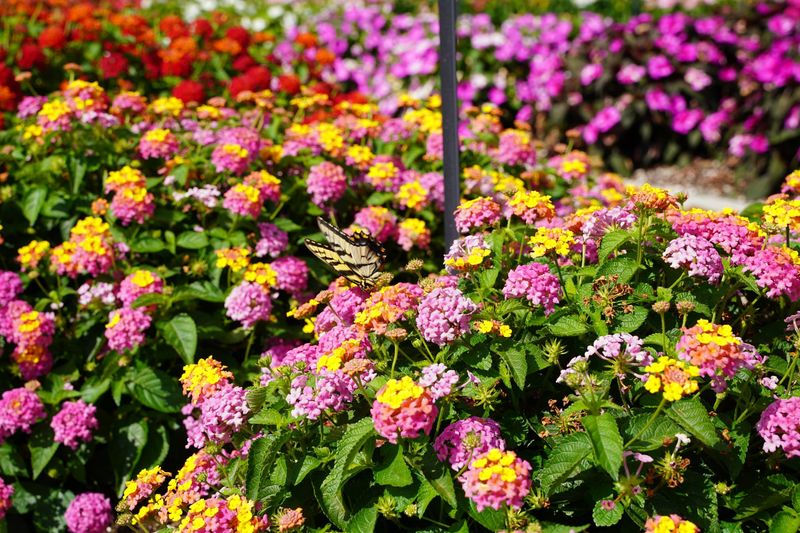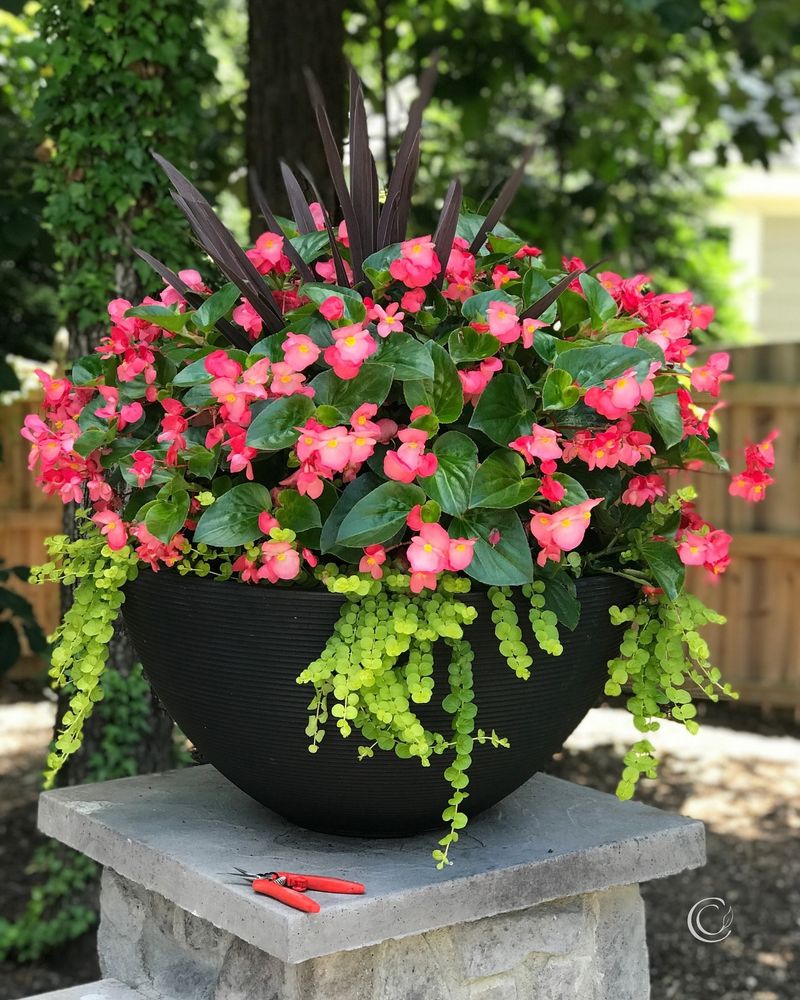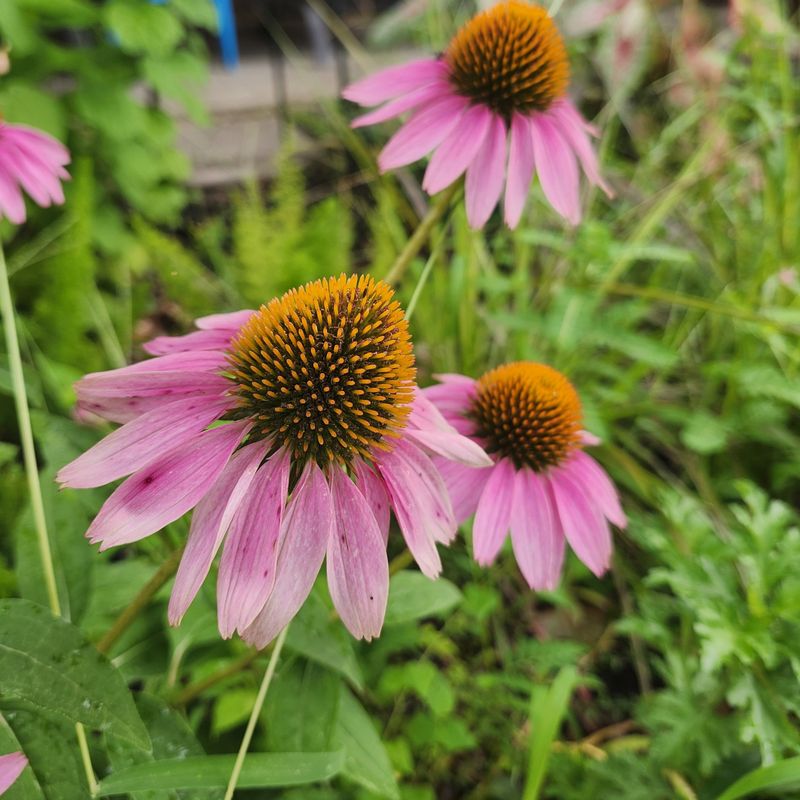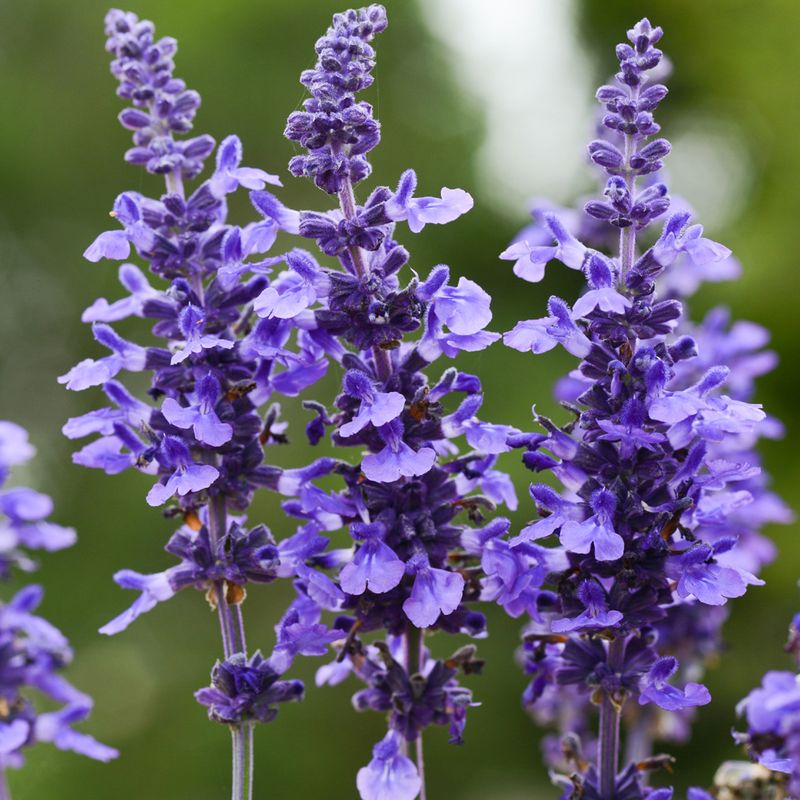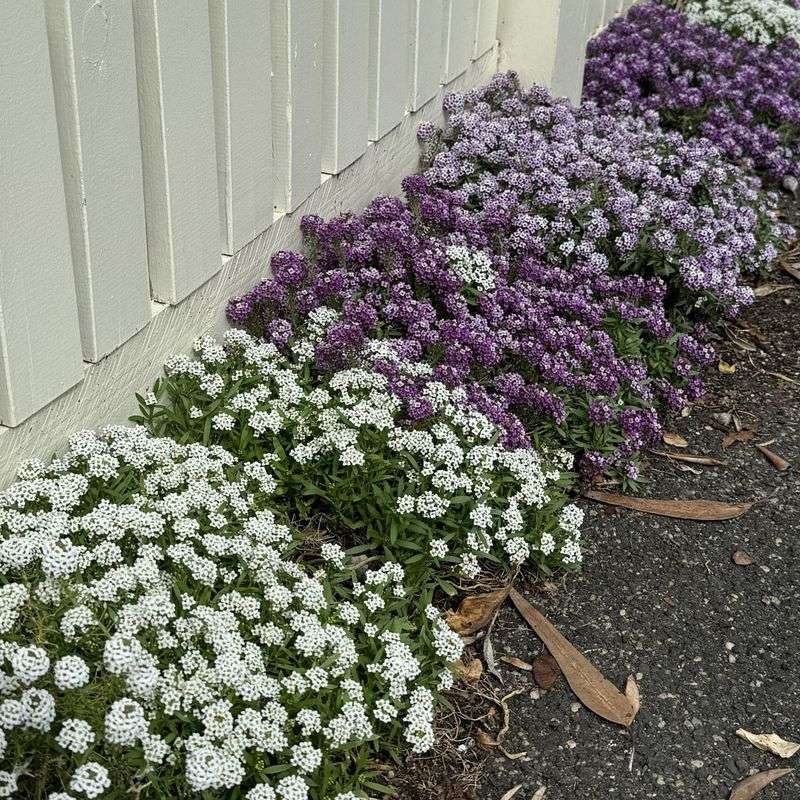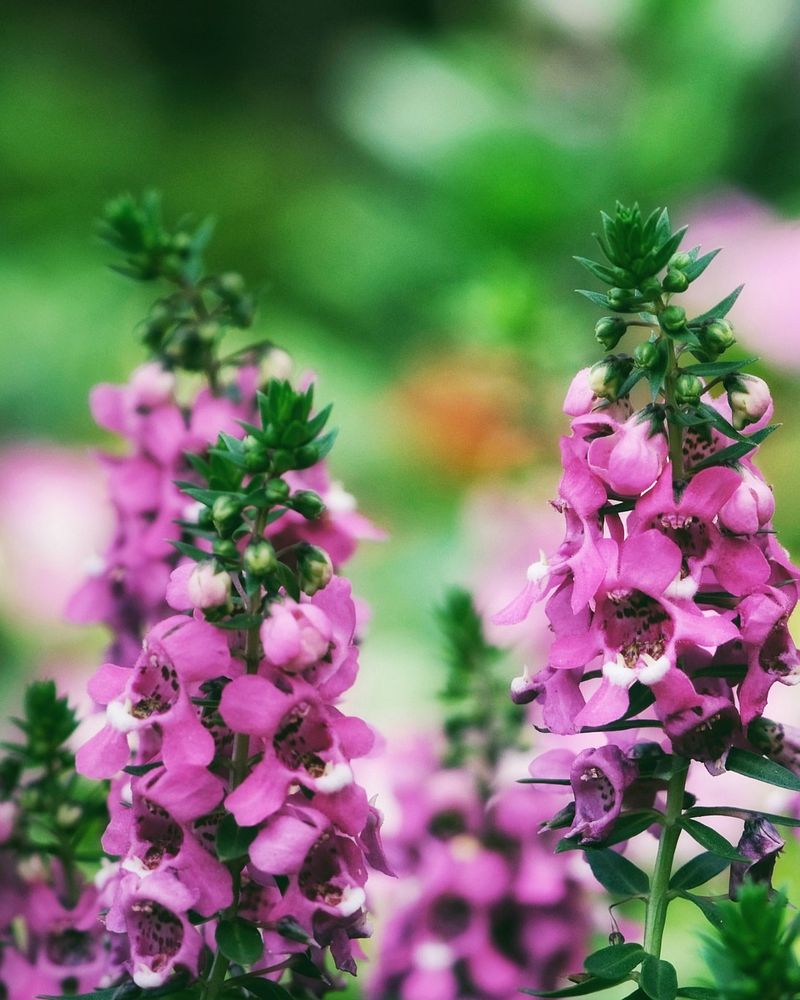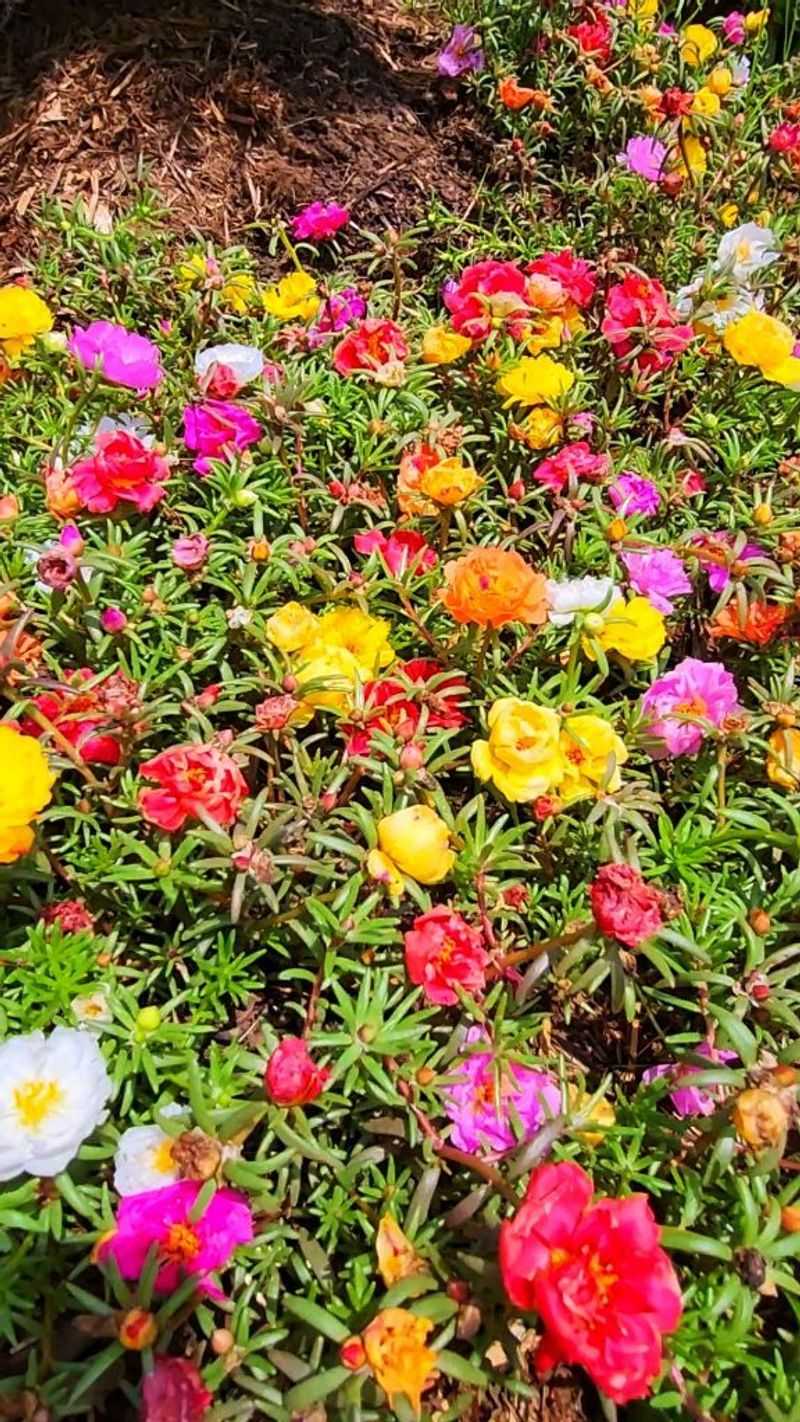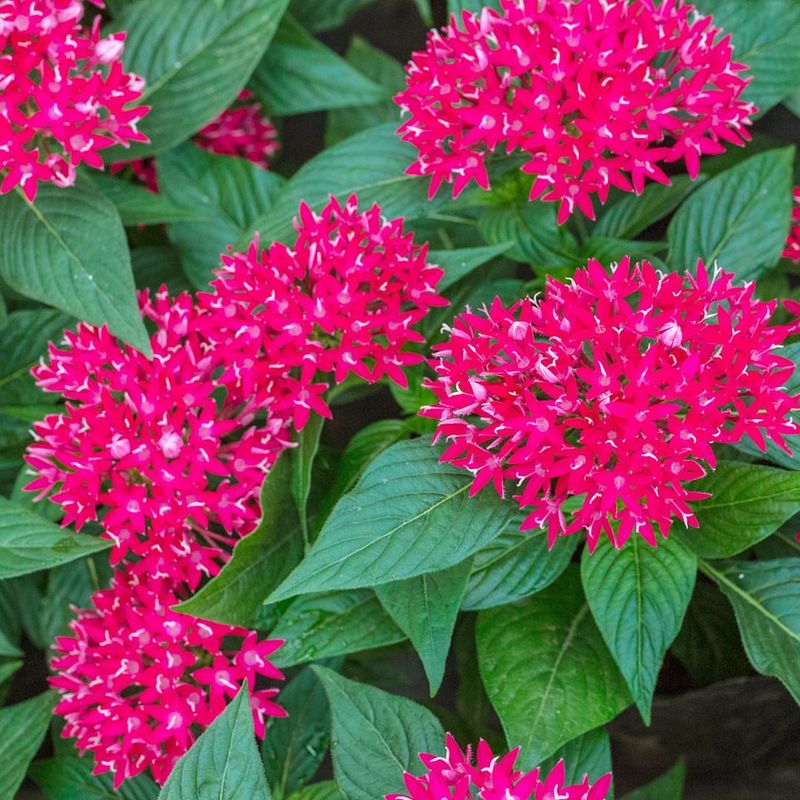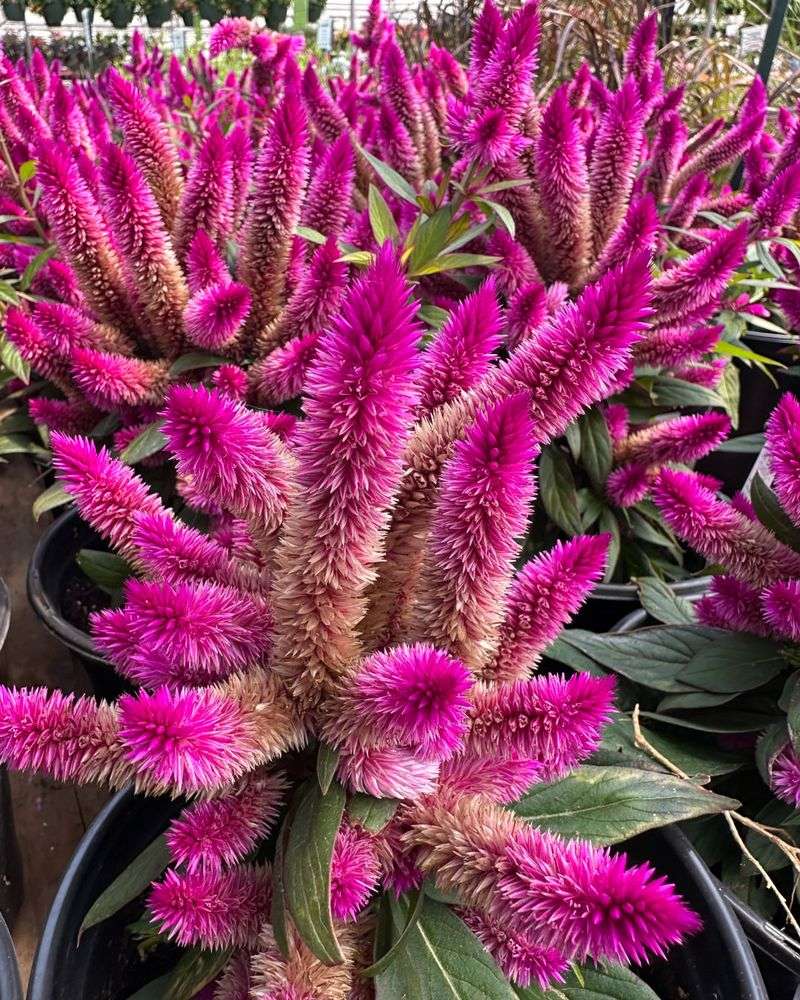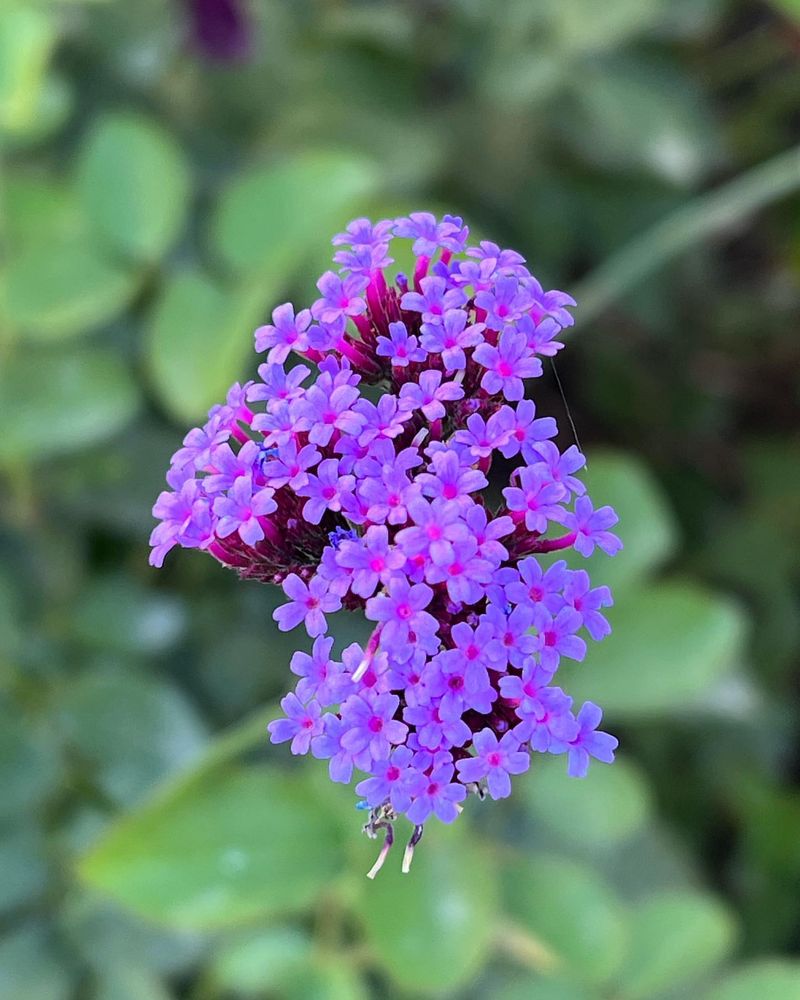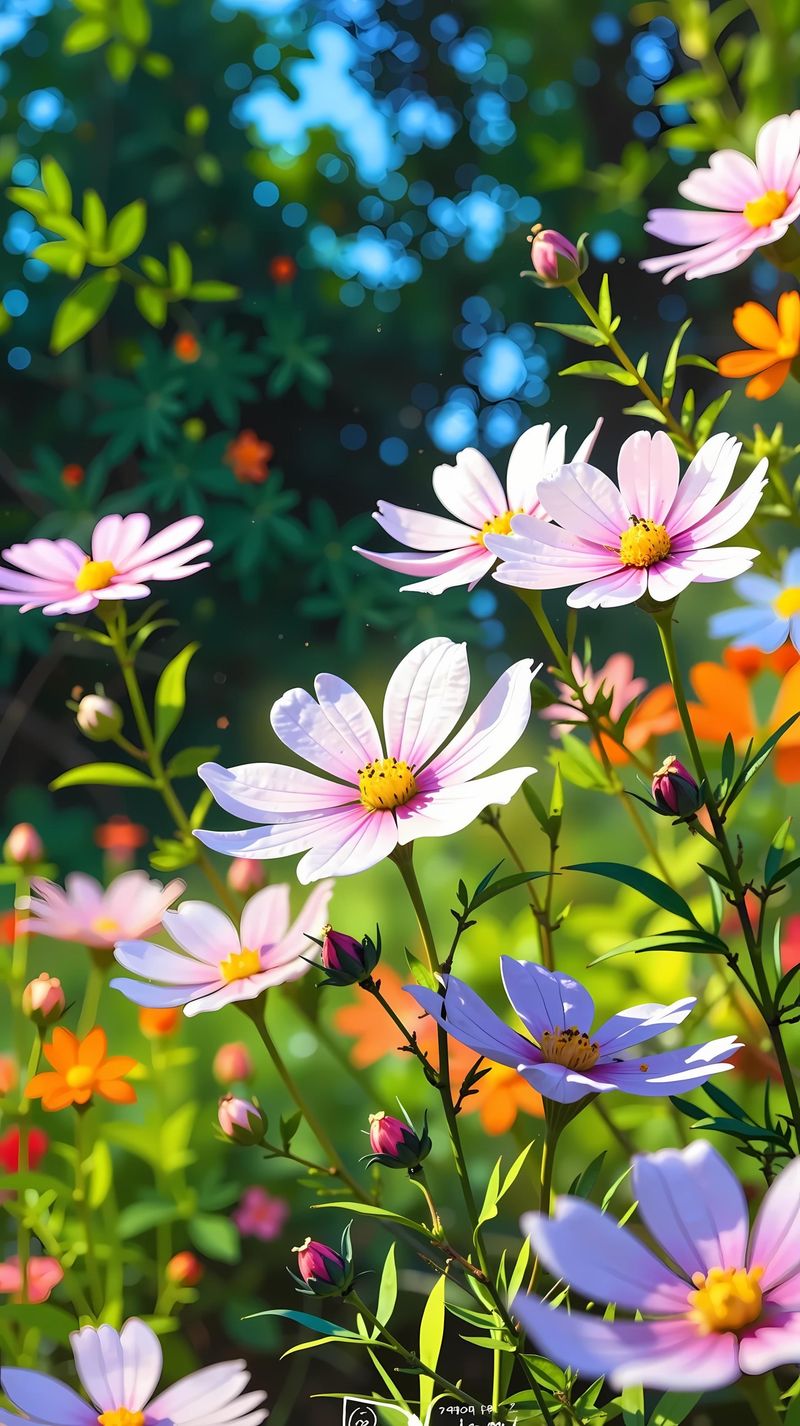Your front entrance sets the tone for your entire home—so why not make it pop with flowers that impress from the very first glance? These 15 stunning summer blooms add instant color, charm, and curb appeal to any entryway.
And just when you think it can’t get better, we’ve added a few more long-blooming favorites that keep the show going all season long.
1. Sunflowers: Cheerful Greeters
Nothing says summer like towering sunflowers standing guard beside your front door. Their massive golden faces track the sun throughout the day, creating a dynamic display that changes from morning to evening.
Plant them in large containers flanking your entrance for a dramatic statement. Kids especially love watching these giants grow, sometimes reaching heights of 6-12 feet depending on the variety.
For smaller spaces, try dwarf varieties like ‘Teddy Bear’ or ‘Elf’ that deliver the same sunny personality in a more compact package.
2. Lavender: Fragrant Welcome
Lavender’s soothing scent creates an instant sensory welcome at your doorstep. The purple-blue spikes sway gently in summer breezes, releasing their calming fragrance whenever visitors brush past.
French and English varieties thrive in sunny spots with well-drained soil. Plant them in terracotta pots for a Mediterranean feel or directly in the ground for a more cottage-garden approach.
Beyond their beauty, lavender plants naturally repel mosquitoes and other unwanted insects while attracting beneficial pollinators to your garden.
3. Zinnias: Rainbow of Colors
Zinnias bring explosive color variety to entrance gardens with minimal effort. A single packet of seeds yields flowers in hot pinks, fiery oranges, sunny yellows, and cool purples that bloom continuously from early summer until frost.
Their sturdy stems make them perfect for cutting, so you can easily bring some of that outdoor magic inside. Butterflies flock to zinnia beds, adding another layer of movement and life to your entrance.
For maximum impact, plant them in groups of similar colors rather than mixing shades randomly.
4. Petunias: Cascading Color
Petunias spill dramatically from hanging baskets, creating eye-catching color above your entrance. Modern varieties are remarkably weather-resistant, bouncing back quickly after summer storms.
Wave petunias spread up to 4 feet, eliminating the need for dozens of plants. Their trumpet-shaped blooms come in every color imaginable, from pure white to nearly black purple, with many featuring striped or star patterns.
For best results, feed them regularly with bloom-boosting fertilizer and remove spent flowers to encourage continuous blooming throughout the season.
5. Hydrangeas: Classic Elegance
Hydrangeas bring old-world charm to modern entrances with their massive flower heads in blues, pinks, whites, or purples. Unlike many summer bloomers, they appreciate afternoon shade, making them perfect for east-facing doorways.
The ‘Endless Summer’ variety reblooms throughout the season, giving you months of color rather than a brief show. Interestingly, you can change blue hydrangeas to pink by adding lime to the soil, or turn pink ones blue with soil acidifiers.
Plant them in large containers or directly in the ground at least 3-4 feet from your home’s foundation.
6. Dahlias: Dramatic Show-Stoppers
Dahlias deliver sophisticated drama with their perfectly geometric blooms ranging from dinner-plate size to petite pompoms. Coming in virtually every color except true blue, they make unforgettable entrance statements from midsummer through fall.
Stake taller varieties early to prevent storm damage to their hollow stems. The dinner-plate varieties with 8-10 inch blooms create particular impact when planted in groups of three near your entrance.
Cut spent flowers regularly to encourage more blooms, and you’ll have gorgeous bouquets for your entryway table all season long.
7. Geraniums: Reliable Performers
Geraniums have earned their popularity through sheer reliability, blooming continuously from spring through fall with minimal care. Their rounded flower clusters in reds, pinks, corals, and whites stand out beautifully against the distinctive scalloped green leaves.
Many varieties offer scented foliage as a bonus – brush against them to release fragrances of lemon, mint, or rose. Traditional red geraniums in simple terra cotta pots create a timeless entrance look that works with any architectural style.
Deadhead spent blooms regularly and allow soil to dry between waterings for best performance.
8. Marigolds: Pest-Repelling Brightness
Marigolds pull double duty at entrances – providing months of golden-orange blooms while naturally repelling many garden pests. Their distinctive spicy scent keeps mosquitoes and other unwanted insects away from your doorway.
French marigolds stay compact at 6-12 inches tall, perfect for edging entrance pathways. African varieties grow taller (up to 3 feet) with larger blooms, making them ideal for background plantings or larger containers.
Many gardeners plant marigolds near vegetables to deter harmful nematodes, so consider adding them to any edible landscaping near your entrance.
9. Calibrachoa: Tiny Trumpet Profusion
Often called ‘Million Bells,’ calibrachoa creates rivers of tiny petunia-like blooms that flow over container edges. Unlike their petunia cousins, they don’t need deadheading and bounce back quickly after rain.
A single plant can produce hundreds of trumpet-shaped flowers in vibrant pinks, purples, yellows, reds, or blues. Some varieties feature striking patterns like pinwheels or stars that create visual interest up close.
Hanging baskets of calibrachoa positioned at eye level near your entrance allow visitors to appreciate their intricate beauty while making a big color impact.
10. Lantana: Butterfly Magnet
Lantana creates a living welcome committee at your entrance by attracting swarms of butterflies all summer long. Each clustered flower head contains dozens of tiny blooms that often feature multiple colors on a single plant – yellow centers may transition to orange and then red at the edges.
Heat and drought resistance make lantana practically indestructible even during the hottest summer days. Their slightly woody stems give them a shrub-like appearance that works well in larger entrance containers.
For maximum butterfly attraction, place lantana in your sunniest entrance location.
11. Begonias: Shade-Loving Beauties
Begonias bring non-stop color to shady entrances where most flowering plants struggle. Their waxy flowers in pinks, reds, whites, and yellows stand out dramatically against glossy, often colorful foliage.
Tuberous begonias offer large, rose-like blooms perfect for hanging baskets, while fibrous types create tidy mounds ideal for borders. Dragon wing begonias combine the best of both with arching stems covered in abundant flowers.
Unlike many summer bloomers, begonias prefer consistent moisture, making them perfect companions for entrances that get regular sprinkler overspray.
12. Coneflowers: Native Prairie Charm
Coneflowers (Echinacea) bring natural prairie charm to entrance gardens with their distinctive raised centers and downward-pointing petals. Traditional purple varieties are now joined by whites, yellows, oranges, and even green-flowered cultivars.
Their sturdy stems rarely need staking, standing strong through summer storms and wind. Goldfinches and other small birds love to perch on the seed heads in late summer, bringing wildlife right to your doorstep.
Plant coneflowers in groups of at least three for the most natural, meadow-inspired look near your entrance.
13. Salvia: Vertical Drama
Salvia’s tall spikes of tubular flowers create vertical interest that draws the eye upward toward your entrance. Hummingbirds find these nectar-rich blooms irresistible, bringing exciting visits throughout summer.
Annual varieties in reds and blues grow quickly from seed, while perennial types return year after year in purples, pinks and whites. Many salvias also release a pleasant sage-like scent when their foliage is brushed against.
Their drought tolerance makes them perfect for hot, sunny entrance locations where water conservation is important.
14. Sweet Alyssum: Delicate Ground Cover
Sweet alyssum creates a frothy carpet of tiny flowers that softens entrance hardscaping with its delicate appearance. The honey-vanilla fragrance intensifies in the evening, greeting you with a sweet perfume when you return home.
Modern varieties bloom continuously without the summer break older types needed. White alyssum creates a classic look, while purple and pink varieties offer more contemporary appeal.
Plant it along the edges of entrance paths where it will spill slightly onto the walkway, or let it cascade over the edges of raised entrance planters.
15. Angelonia: Summer Snapdragon
Angelonia has earned the nickname ‘summer snapdragon’ for its similar flower structure but superior heat tolerance. The upright stems reach 12-18 inches tall, covered in delicate purple, pink, or white blooms all summer without deadheading.
Unlike many summer flowers, angelonia maintains its neat, compact habit without getting leggy. Its slightly grape-scented foliage remains attractive even when not in bloom, adding consistent structure to entrance plantings.
Plant angelonia in the middle position of container arrangements or as a low border along entrance walkways.
16. Portulaca: Heat-Loving Ground Cover
Portulaca (moss rose) thrives in the hottest, driest entrance locations where other flowers wither. The succulent leaves store water, allowing these colorful bloomers to flourish in relentless summer heat.
Each rose-like flower lasts only a day but is quickly replaced by new blooms in vibrant pinks, oranges, yellows, and whites. Modern varieties stay open even on cloudy days, unlike older types that closed without direct sun.
Plant portulaca along entrance borders that receive reflected heat from driveways or walkways for a maintenance-free summer display.
17. Pentas: Star-Shaped Clusters
Pentas feature star-shaped flowers clustered into rounded heads that butterflies and hummingbirds can’t resist. Their continuous bloom cycle ensures your entrance stays colorful from early summer through fall frost.
Available in reds, pinks, lavenders, and whites, pentas maintain a naturally rounded shape without pruning. The nectar-rich flowers attract so many pollinators that your entrance becomes a fascinating nature-watching spot.
Group three plants of the same color for maximum impact, or mix colors for a more playful entrance display.
18. Celosia: Flame-Like Plumes
Celosia brings architectural interest to entrances with its uniquely shaped flowers resembling flames, plumed feathers, or coral-like structures. The velvety texture of the blooms adds another sensory dimension that makes them irresistible to touch.
Colors range from fiery reds and oranges to softer pinks and creams. Plumed varieties add a soft, feathery look while crested types (cockscomb) create bold, brain-like formations that become conversation pieces.
Plant taller varieties in large entrance containers as dramatic focal points, using the shorter types as colorful edging plants.
19. Verbena: Long-Blooming Clusters
Verbena creates masses of small, flat-topped flower clusters that blanket the plants from spring through fall. The flowers appear in vibrant purples, pinks, reds, and whites, often with contrasting eyes that add visual interest up close.
Trailing varieties spill beautifully from hanging baskets or over the edges of entrance containers. Upright types form neat mounds perfect for edging walkways leading to your door.
Beyond their beauty, verbenas attract butterflies while requiring minimal care – just full sun and occasional deadheading to keep the show going all summer.
20. Cosmos: Airy Elegance
Cosmos bring a light, airy feel to entrance gardens with their delicate, daisy-like flowers dancing on slender stems. These easy-growing annuals reach 2-4 feet tall, creating a see-through screen that adds movement and grace.
The feathery foliage provides a beautiful backdrop even before the pink, white, or magenta blooms appear. Butterflies adore cosmos, frequently visiting the simple, open flowers throughout summer.
Plant them from seed directly in the ground for an inexpensive way to fill large entrance areas with flowers that bloom until frost.

